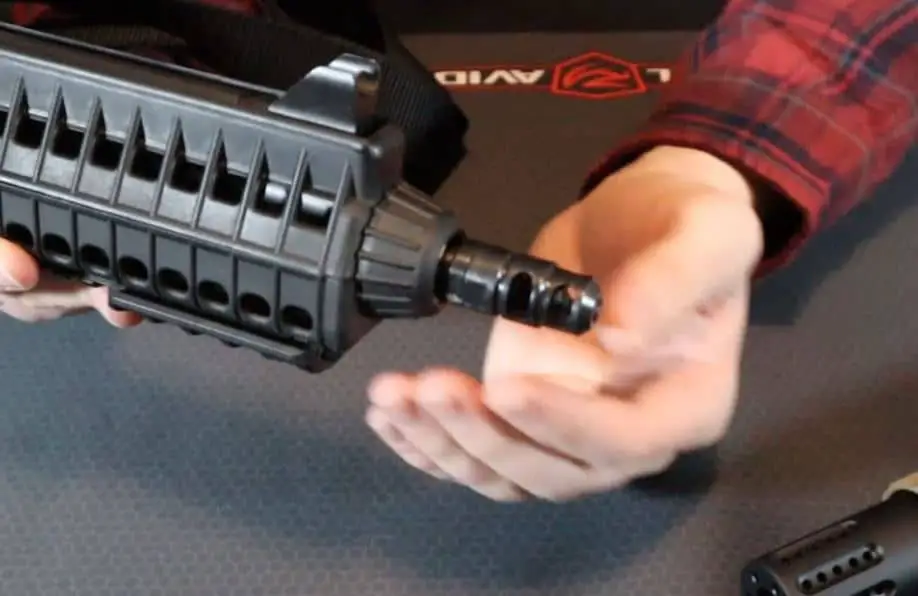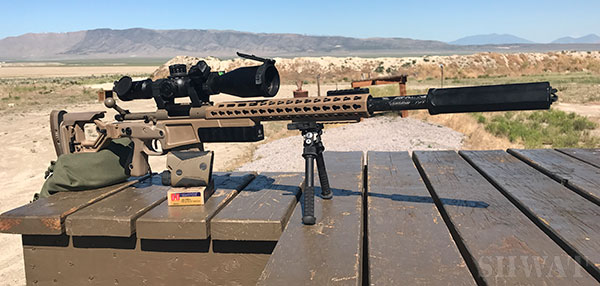
Muzzle Brakes come in many shapes and sizes, with vary degrees of effectiveness and price.Īlso incorrectly referred to as a compensator, a muzzle brake is a device connected to the end of a barrel that redirects a portion of the propelled gasses to combat muzzle rise, linear movement and some perceived felt recoil. A good way to understand muzzle brakes is to look at Newton’s third law: for every action, there is an equal and opposite reaction. Muzzle brakes direct gasses up, to the sides, or backwards in order to achieve the prior goals, typically making the brake extremely loud so be sure to wear ear protection. Among the wide variety of muzzle devices there are muzzle brakes, compensators, flash hiders, blast forwarding devices, suppressors and even suppressors training devices. So what's the difference? Do I need a muzzle brake? Despite looking similar, they serve very different purposes and can range in price anywhere from $20 to $150 or even more.


Some may not know the difference between these muzzle devices, have incorrect information or just may not see why it matters. There are several different AR 15 muzzle device types that help you achieve a desired effect in making each shot as efficient as possible for your AR build. Let's discuss what exists in the world of AR15 muzzle devices. One of the most common mistakes made in the gun community is referring to a magazine as a ‘clip’, but a very close second is confusing a muzzle brake, flash hider, and compensator.

*Update: This blog has been updated to reflect more accurate information in 2022.


 0 kommentar(er)
0 kommentar(er)
